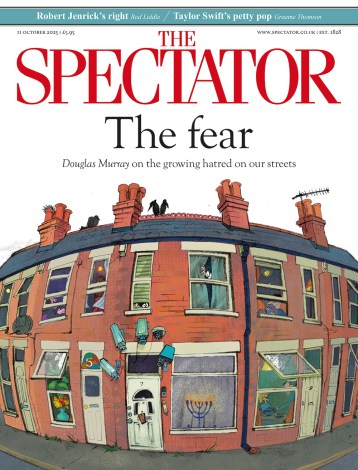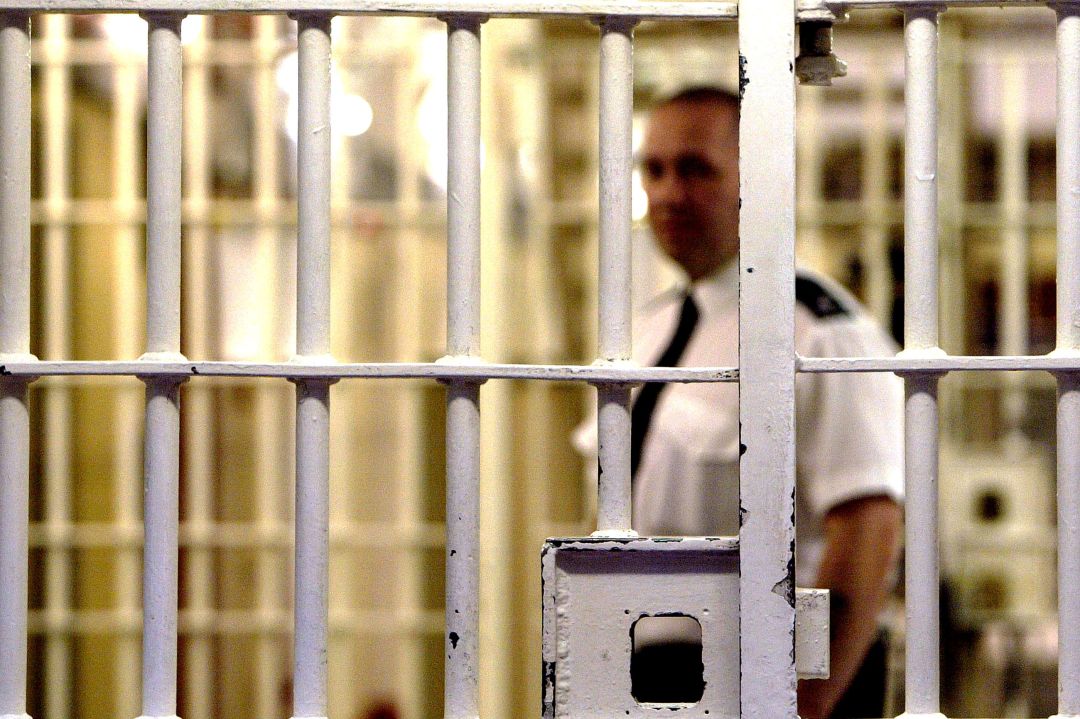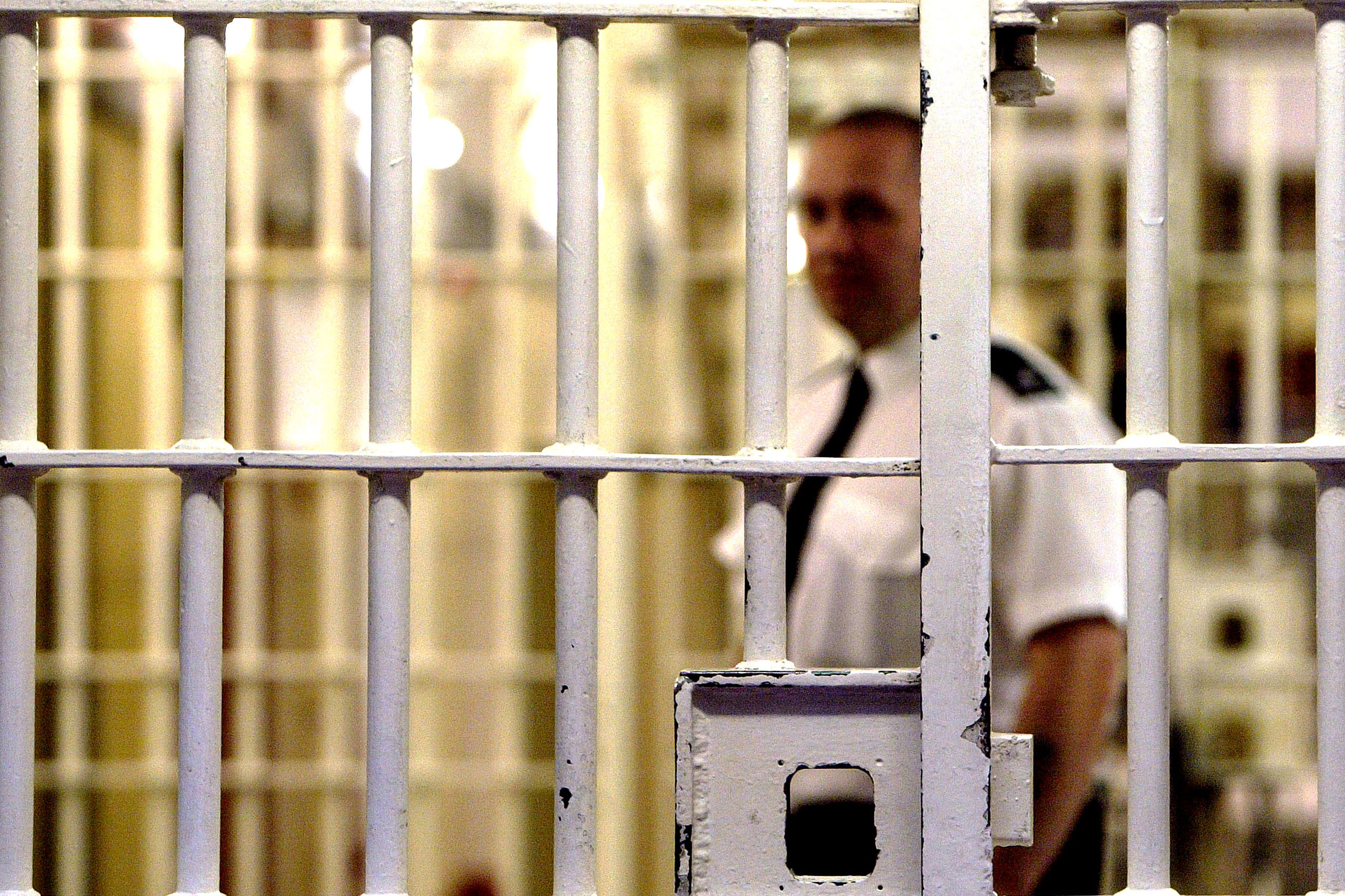The safety of women in prisons cannot be allowed to plummet back down the news agenda after the latest Sturgeon saga is over. Not least because today has seen the publication of a report into one women’s prison in Gloucestershire that makes for troubling reading. HMP Eastwood Park, which holds 348 women, was the subject of an unannounced inspection in October last year. Staff from HM Inspectorate of Prisons made several findings that you’d expect: high levels of mental ill health; backgrounds of criminality, homelessness and substance abuse; and prison understaffing.
However, they found plenty more. There was ‘no central record or oversight of the number of women who had been segregated, the reasons why or for how long’. The unit appeared to be used to house women ‘who could not be placed elsewhere in the jail, due to their mental health needs or associated behaviour’. One veteran inspector described the treatment and conditions of women in the segregation unit as ‘the worst that he had seen’.
The write-up notes that ‘rates of self-harm were very high and increasing’ – up 128 per cent since 2019 – and that women who are ‘acutely mentally unwell’ were being kept in ‘an appalling environment that failed to provide therapeutic support’. Of the 28 recommendations made during the last inspection (2019), seven had only been partially achieved and 12 had not been achieved at all. Worryingly, inspectors found that the use of force against the women ‘had increased significantly and we were not confident it was always used as a last resort’. By significantly, they mean up 75 per cent in the space of three years. In a prisoner survey, 27 per cent reported feeling ‘threatened or intimidated’ by staff.
The report characterises the state of the cells as ‘appalling, dilapidated and covered in graffiti’. One was ‘blood-spattered’ while others had ‘extensive scratches’ on the walls indicating, in the inspectors’ analysis, trauma suffered by previous inmates. One cellblock was due to be closed over ‘fire safety risks’. The prison was also failing to provide basic supplies: one prisoner was forced to borrow underwear from her cellmate. Staff were ‘not adequately trained or qualified to support the women on the unit’ and, despite extensive mental health and ‘extreme’ self-harm problems, staff ‘received no clinical supervision’. No one in a leadership or oversight role had ‘noticed the severity of this situation’. ‘No prisoner should be held in such conditions, let alone women who were acutely unwell and in great distress,’ the report concludes.
While there was commendation for some aspects of its regime, what inspectors saw was enough for them to assign Eastwood Park the lowest possible grade for safety. Conceding this is an unusual finding for a women’s prison, the report points to ‘gaps in care’ and ‘lack of support’ for the most vulnerable women. Inspectors found this ‘concerning’.
Prisoners are among the most vulnerable members of the population, deprived of their liberty, choices, self-direction and placed at the mercy of the state. The vulnerability is all the greater for women prisoners. Six in ten have suffered domestic abuse, while self-harm is seven times more prevalent in women’s prisons than in their male counterparts. Women are also more likely to be primary caregivers and 17,000 children see their mothers imprisoned every year.
There is a larger conversation to be had about our over-reliance on prison but an even more urgent one is needed on the conditions inside. While Eastwood Park does not represent all jails, it does represent our tolerance for custodial conditions that are – or ought to be – incompatible with the minimum human dignity guaranteed by an advanced liberal society. If prisons are necessary, and there are offender profiles for which they are, they must be places of safety, humane treatment, compassion, education and rehabilitation.
Custody is the punishment, the conditions of custody are not. Prisons are there for public safety, not as dumping grounds for the abused, the mentally unwell, the addicted and the desperate, and not to inflict government neglect or public sadism on offenders. It is all the more important to recognise this in the case of female prisoners. Women who have been failed, abandoned and mistreated throughout their lives do not deserve to end up in a place like Eastwood Park.








Comments